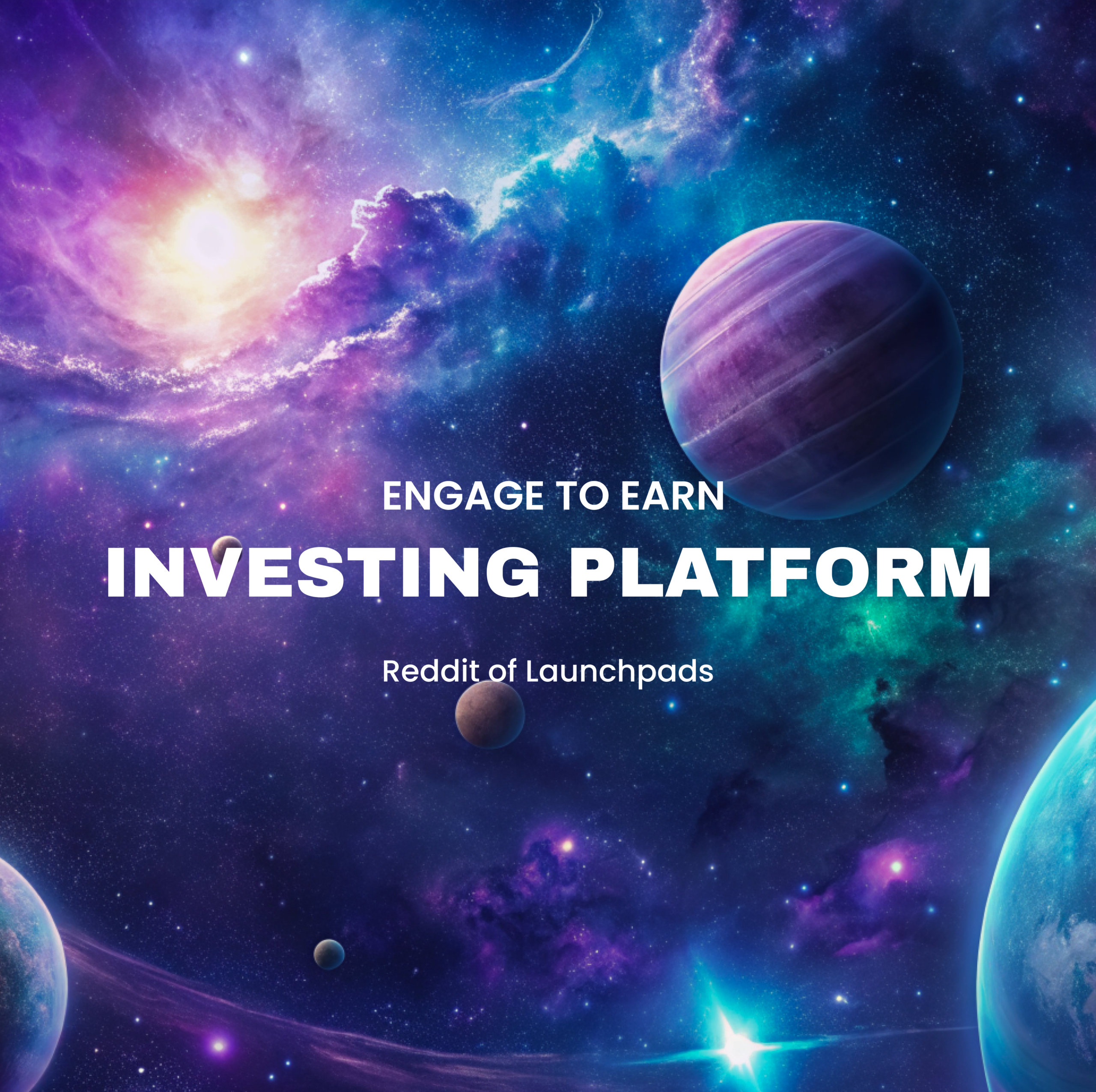

Forums
Talk about anything you want!
Login to get your referral link.
Here is the first border patch, and it’s a big!
Before going further, if your keys go back to Go 1.0 RC or C ++ 0.9.36, note that you must regenerate all your keys now. Although some versions of pre-alpha and alpha customers are secure, it depends on the code base and the version. You should assume that all the keys generated before these customers are not safe and compromised. This, note, do not affect presale portfolios.
The thaw project was merged for the Customer And the master branch has been updated. If you always run the version 1.0.0 branch, please go to Master.
As of C ++ Users, they can also switch to Master once merged and binarys will be available shortly. If you prefer not to update ETH but you always want to help defrost the network, you can also restart ETH with an additional parameter of – Gas -Floor 3141592.
I thought that I would also republish a quick explanation on the operation of the gas targeting process, and why we cannot guarantee a period by which we will reach the limit 21K necessary to treat a basic transaction by block.
Each minor performs a copy of Geth or ETH. In the Frontier Genesis version, the two were set to target 5k and never deviate from this figure. Now, with this update, the two customers will be updated to target the 3m gas limit per block.
But they cannot go to a 3m gas limit like that, because the protocol forces them to climb slowly at a certain pace. This rate is equal to the previous block limit / 1024. From now on, assuming that all minors update their customers, and none of them spoil with the parameters, we will reach 3m in 28 hours by assuming a regular block time 15s, including spread. But here is the thing – all minors will not update in time, some might forget and some may never update!
So, in the future, if a winning block is extracted by a updated minor, the block limit will adapt to the increase by the planned rate, but if it is extracted by a lazy ‘minor’ ‘which has not updated, it will adjust downwards (as the lazy minor is still 5 km).
For this reason, it will take a minimum of 6 hours to reach a gas limit of 21,000 per block (1 trx per block) and a minimum of 28 hours to reach 3m. In practice, it will probably take much more time than that.
This is where the free market comes into play. Technically, minors could even have been collured a few days ago to modify the customer code and make the network behaves quite differently from what we had in mind. We are simply acting as community advisers.
The Genesis block that we have seen adopted by the community has now been coded hard among customers, and you no longer need to specify the parameter – Genesis to start ETH or Geth. That said, you can always specify a hand -made gene block if you want to start a private channel with different Genesis, for example.
On the customer side, a series of bugs and improvement corrections were merged into 1.0.1, in particular by preparing for a Go 1.5 version.
On the C ++ customer, a complete external audit was made on his key store and cryptography. All the actions recommended by our expert examiners have been implemented. Many optimizations and safety improvements have been added to the customer:
Many of you wonder how we will implement a POW pass in POS in time for Serenity. This will be managed by the new difficulty adjustment regime, which elegantly guarantees a lasting point for the next 16 months.
It works as follows: from the 200,000 block (in about 17 days in the moment), the difficulty will undergo an exponential increase which only becomes noticeable in about a year. At this stage (just around the release of the milestone in serenity), we will see a significant increase in the difficulty which will start to push the resolution time of the block.
Thus, a year later, the network will continue to be useful for about 3 to 4 months, but will eventually reach a kind of “the ice age”: the difficulty will simply be too high for anyone to find a block. This will allow us to introduce pos, perhaps via CasperIf it proves.
post url: https://altcoin.observer/ethereum-1-protocol-update-ethereum-foundation-blog/
1
Voice
0
Replies
